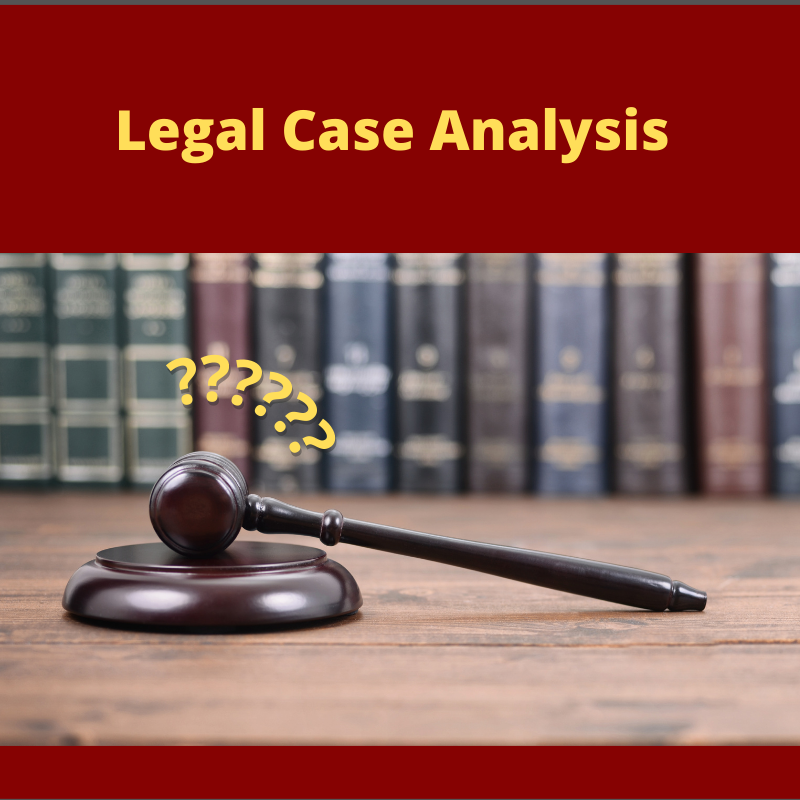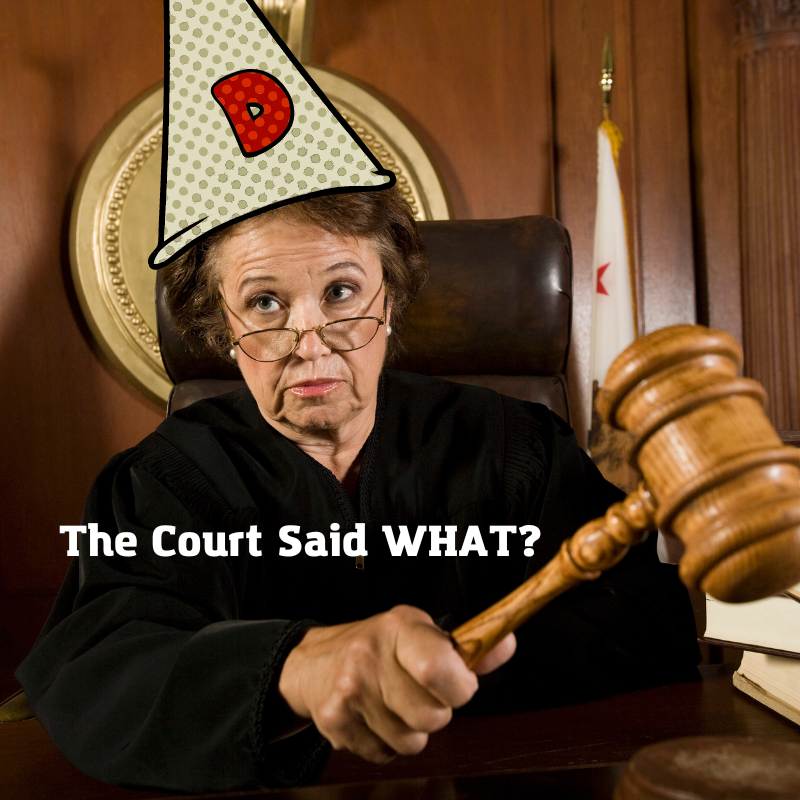
B.L.U.F.Looking at another amicus brief by Everytown. Since they are consistently filing briefs in all these Second Amendment cases, it behooves us to see what they are saying.
I came back to add this text. You might get angry with Everytown over this brief. Regardless, they did a good job. Their arguments are self-consistent. They take a stand, then hammer the point home. Their goal isn’t to necessarily win these cases, but to give the court something to hang a bad decision upon.
Everytown is now the overarching group for “Moms Demand”, “Mayors Against Illegal Guns”, It looks like they are claiming “March for our lives” but they don’t do so by name. They claim to have nearly ten million “supporters” with nearly 10,000 of those “supporters” in Rhode Island. Make not that “supporters” are not “members”
For the tax year 2020 they had total revenue of $20,492,640. $20,288,442 of that was from contributions. They reported expenses of $52,280,883 for a net lose of $31,788,243. The largest listed expense is $11,390,489 for other salaries and wages and around $500,000 for the Executives and fundraising. I could not find a “members” number. They only speak in nebulous terms, which could mean anything from a person going around knocking on doors, to the mom that dropped a five dollar bill in their begging hat.
Using the standard modification of language, they claim [Everytown] is the nation’s largest gun-violence-prevention organization, with nearly ten million supporters across the country, including nearly 40,000 in Rhode Island.
—HANSON v. DISTRICT OF COLUMBIA, No. 1:22-cv-02256, slip op. at 2–3 (District Court, District of Columbia)
Argument Summary
Rhode Island’s large-capacity magazine restriction is constitutional under the approach to Second Amendment cases established in New York State Rifle & Pistol Ass’n v. Bruen, 142 S. Ct. 2111 (2022), for the reasons set out in the State’s
brief, Dkt. 00118022922 (“State Br.”). Everytown submits this amicus brief to expand on three methodological points. First, on the initial, textual inquiry of the Bruen framework, Plaintiffs have the burden to establish that large-capacity magazines are protected “arms” within the meaning of the Second Amendment, and they have not met that burden. Second, in applying the historical inquiry of the Bruen framework—asking whether the regulation is “consistent with the Nation’s historical tradition of firearm regulation,” 142 S. Ct. at 2130—the Court should center its analysis on 1868, when the Fourteenth Amendment was ratified. Moreover, 1868 is not a cutoff; examining “legal and other sources to determine the public understanding of a legal text in the period after its enactment or ratification” is also “a critical tool of constitutional interpretation.” District of Columbia v. Heller, 554 U.S. 570, 605 (2008) (second emphasis added). And, as Bruen instructs, this is particularly so where, as here, the challenged law implicates “unprecedented societal concerns or dramatic technological changes.” 142 S. Ct. at 2132. Third, Bruen’s analysis reveals that a small number of laws can be sufficient to establish this nation’s tradition of firearm regulation, at least so long as there is not overwhelming affirmative evidence of an enduring tradition to the contrary. Although not directly implicated here, given the robust historical record before the Court, we highlight that point in case the Court chooses to address it.
—id. at 4
This is pretty clear. The first thing they do is argue that magazines are not arms. More, they place that burden on the plaintiffs (good guys). In many of the infringing cases, we see the state argue this. “AR-15s aren’t arms”, “Big magazines aren’t arms”, “Sawed off shotguns aren’t arms”, but a hunk-o-alumninum is an arm, a plastic stock is a machine gun as is a shoelace.
The second thing is, they argue that the court should look at 1868 as the date to understand what the Second Amendment means. We have discussed this in previous posts. The date of the 14th amendment’s ratification is the date at which 3/4s of the states agreed to accept the Bill of Rights as it was understood in 1791.
They did not redefine the meaning of the Second Amendment in 1868. They affirmed that they accepted it as it was understood in 1791.
Their final argument is that there has been “unprecedented societal concerns or dramatic technological changes” which means that they don’t have to match historical regulations as closely.
The last two arguments are very telling. It means that the state and state operators, such as Everytown, understand that there are no good matches to laws in the founding era. Since there are no good matches, they need to either change the time period or they need to open up what “a good match” means.
They also make the claim that a small number of laws will provide a “tradition and history” of analogous regulations. They are begging for the court to give them as much leeway as possible.
Plaintiffs Have Not Met Their Burden To Establish that the Second Amendment’s Plain Text Covers Their Conduct
Read More
Like this:
Like Loading...



